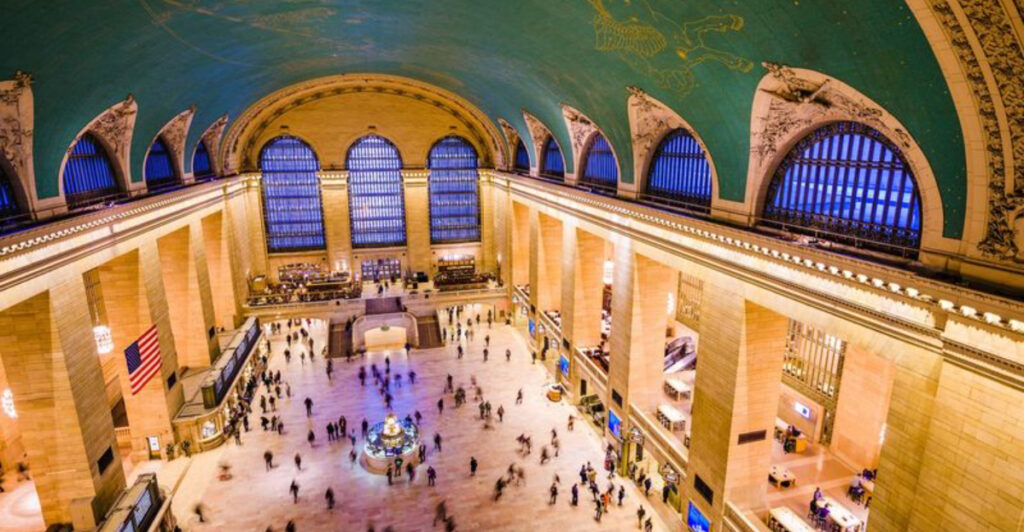Throughout American history, many iconic landmarks faced threats of demolition. Thanks to public advocacy and preservation efforts, these historical sites were saved and continue to stand as symbols of cultural heritage and national pride.
1. The Statue of Liberty
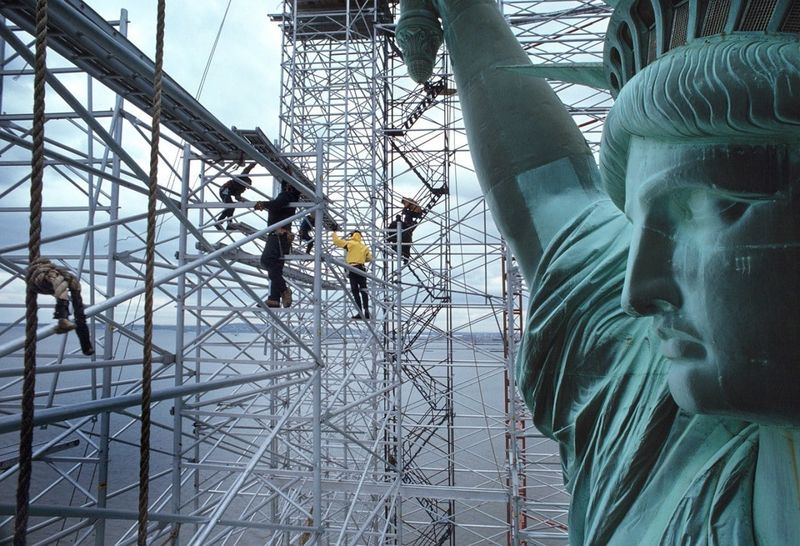
The Statue of Liberty, a beacon of freedom, faced her own battle in the 1980s. Structural decay threatened to silence her torch forever. Imagine Lady Liberty standing alone, her core weakened by time and elements.
A campaign rallying international support raised $100 million, breathing life back into the statue. Behind the scenes, workers meticulously repaired her skeletal frame, ensuring her flame would never extinguish.
Today, she remains vigilant in New York Harbor, her restoration a symbol of unity and resilience. Her journey reminds us of the importance of preserving our shared symbols of hope.
2. Radio City Music Hall
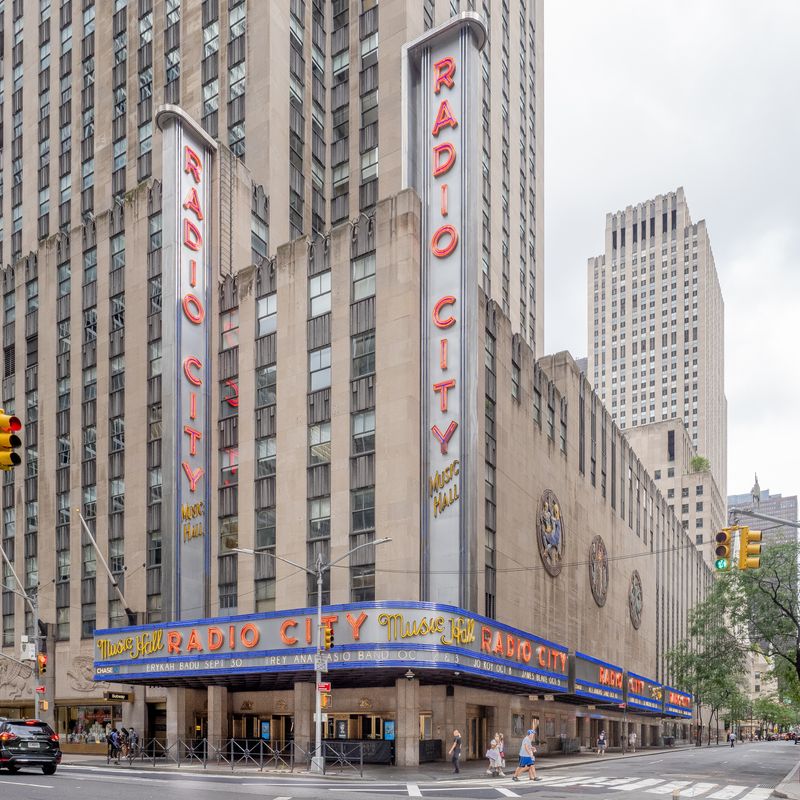
In the 1970s, Radio City Music Hall faced an unthinkable fate: closure and demolition. Financial struggles cast a shadow over this Art Deco masterpiece. Would the Rockettes’ stage go dark forever?
Public outcry echoed through the halls, resonating with those who cherished its cultural legacy. Designated a landmark in 1978, the music hall was saved from the wrecking ball. Its vibrant performances continue to captivate audiences.
Today, the Great Stage shimmers with life, a monument to creativity and perseverance. Radio City’s survival is a testament to the community’s power to protect its cultural heart.
3. Golden Gate Bridge
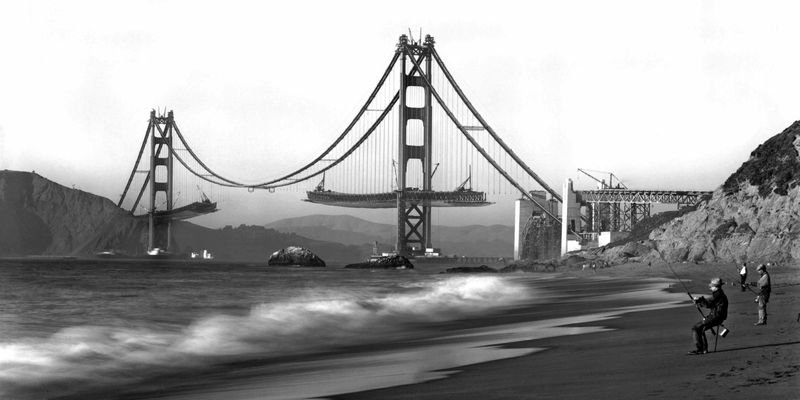
The Golden Gate Bridge, a marvel of engineering, was almost replaced by a tunnel or other alternatives. During its planning, skepticism loomed over its potential to withstand earthquakes and foggy climates.
Visionaries like Joseph Strauss pushed the boundaries of engineering, transforming the dream into a steel reality. Nearly a century later, the bridge remains a global icon, capturing the imagination of millions.
Standing tall over San Francisco Bay, its graceful arches and vibrant color symbolize innovation and determination. The bridge’s resilience continues to inspire future generations to dream big and reach further.
4. The Alamo
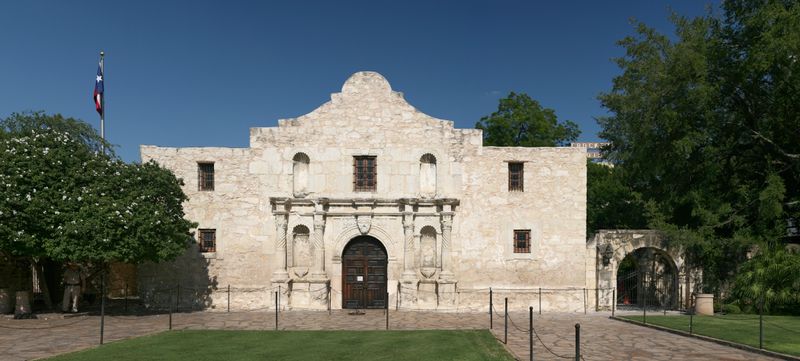
The Alamo, a revered symbol of Texan independence, faced commercial encroachment in the early 20th century. Imagine this historic mission overshadowed by modern development, its significance fading into obscurity.
The Daughters of the Republic of Texas took a stand, leading preservation efforts to protect the site. Their determination ensured the Alamo’s legacy endured, preserving its history for generations.
Today, the Alamo stands as a reminder of the past’s importance and the resilience of those who fought for its preservation. Its walls echo stories of valor and the enduring spirit of Texas.
5. The Hollywood Sign
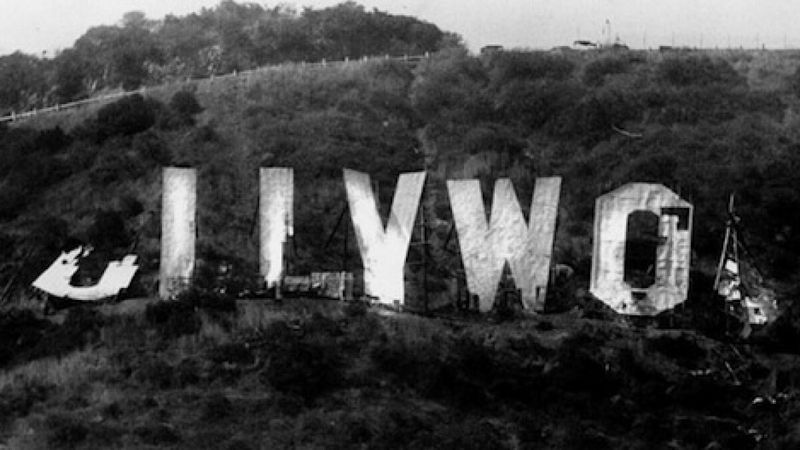
Perched on the hills of Los Angeles, the Hollywood Sign defines cinematic dreams. In the 1970s, its original “Hollywoodland” letters decayed, risking collapse.
Celebrities like Hugh Hefner and Alice Cooper spearheaded a campaign to save the symbol of stardom. Their efforts rebuilt the sign in 1978, restoring its iconic presence.
Now, the sign gleams brightly, an emblem of the entertainment industry, reminding us of Hollywood’s golden age. Its preservation story inspires creators worldwide, symbolizing the dreams that manifest in the City of Angels.
6. Old North Church
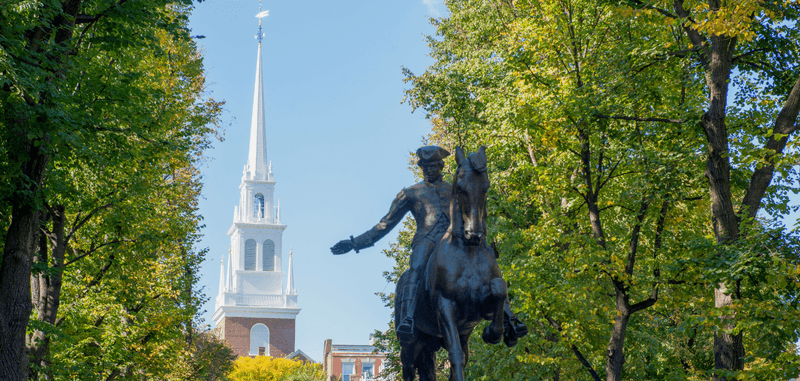
Boston’s Old North Church, steeped in revolutionary history, nearly succumbed to urban renewal in the early 1900s. Would Paul Revere’s legendary ride echo through its halls if the church had fallen?
Preservationists rallied to highlight its historical significance, safeguarding this national treasure. Their work ensured that lanterns could still shine in its steeple.
Today, the church stands firm, a beacon of American history and the revolutionary spirit. Visitors walk its aisles, connecting with the past and the enduring fight for freedom. Its survival speaks to the power of honoring history.
7. Union Station
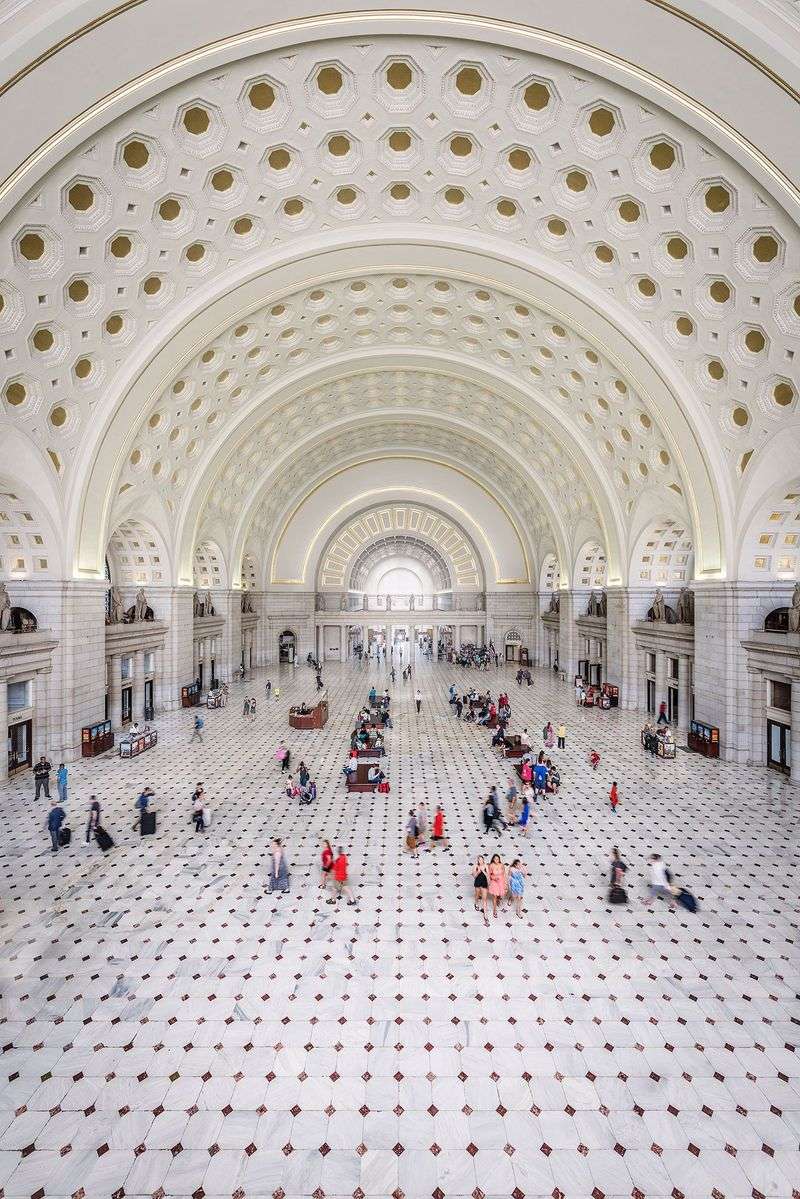
In the 1960s, Washington D.C.’s Union Station faced neglect and potential demolition. A once-grand railway hub, it lay in disrepair, its future uncertain.
Visionaries saw potential in its vast spaces, spearheading a dramatic renovation that transformed the station into a lively transport hub and retail space.
Today, Union Station thrives, playing host to travelers and shoppers alike. Its restoration underscores the importance of adaptive reuse, blending history with modernity. The station’s vibrant life is a testament to the visionaries who saw beauty in what was nearly lost.
8. Fenway Park

Fenway Park, home of the Boston Red Sox, nearly faced demolition in the 1990s. The thought of replacing this iconic ballpark with a new stadium stirred passions among fans.
Loyal supporters rallied to protect “America’s Most Beloved Ballpark,” emphasizing its historical and cultural significance. Their dedication triumphed, preserving its charm and legendary Green Monster.
Today, Fenway stands as a shrine to baseball history, echoing with cheers and nostalgia. Its preservation illustrates the power of tradition and community, reminding us of the spirit that fuels America’s pastime.
9. The White House
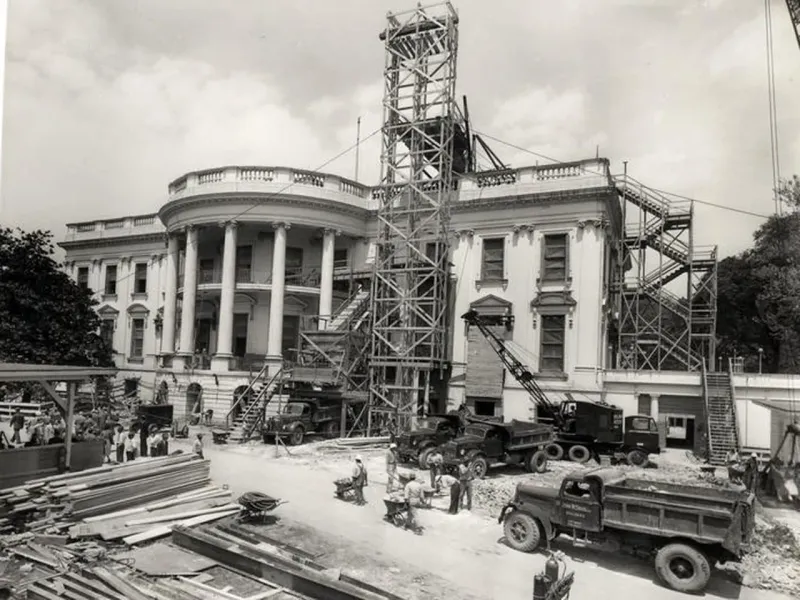
Believe it or not, the White House faced demolition talks post-WWII. Concerns about structural stability led to discussions of tearing it down.
Instead, a massive interior renovation preserved its exterior, revitalizing its historic halls. This decision maintained the symbolic home of American presidents.
Today, the White House stands as a pillar of American leadership and continuity. Its existence is a reminder of the importance of preserving national heritage, balancing tradition with necessary modernization. The story of its near-demise and revival speaks to resilience in the face of change.
10. Grand Central Terminal
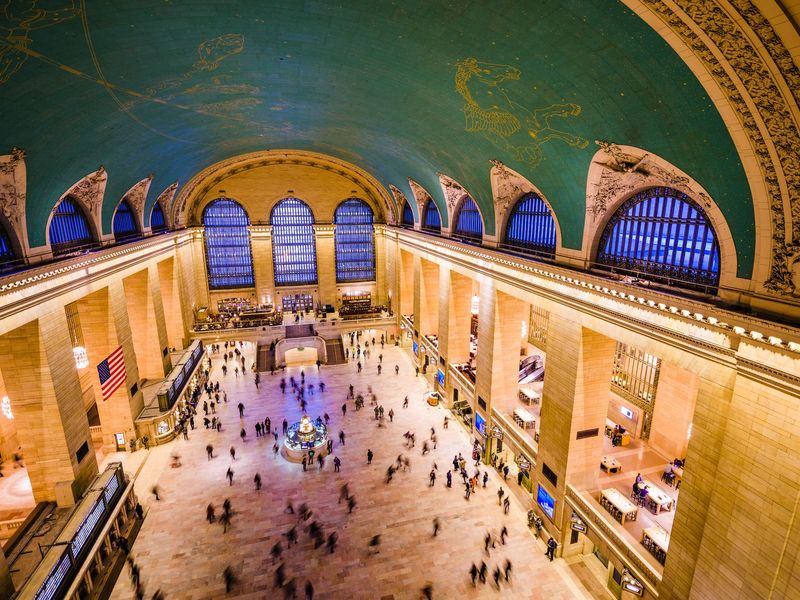
In the heart of New York City, Grand Central Terminal almost succumbed to a skyscraper’s shadow in the 1960s. Imagine the Beaux-Arts elegance replaced with towering glass and steel. This wasn’t just a building; it was a portal to the city’s soul.
The fight to preserve Grand Central went as high as the Supreme Court. Thanks to Jacqueline Kennedy Onassis and passionate New Yorkers, it was saved. The terminal underwent a grand restoration, reviving its stunning architecture and vibrant energy.
Today, it stands as a testament to the power of collective advocacy and architectural magnificence.

